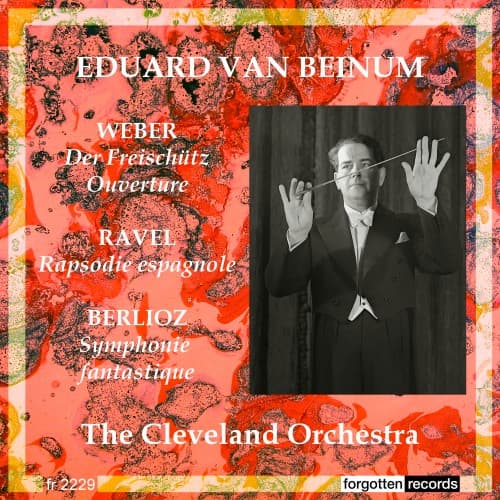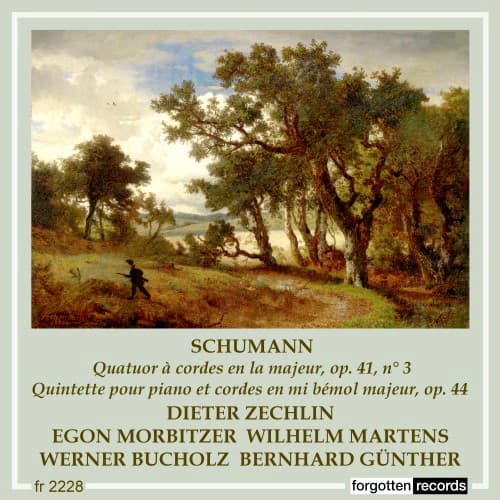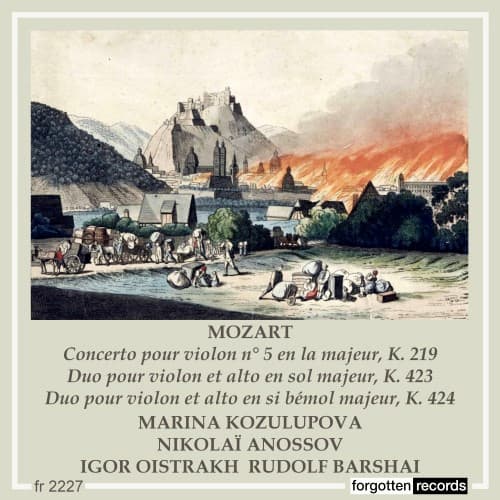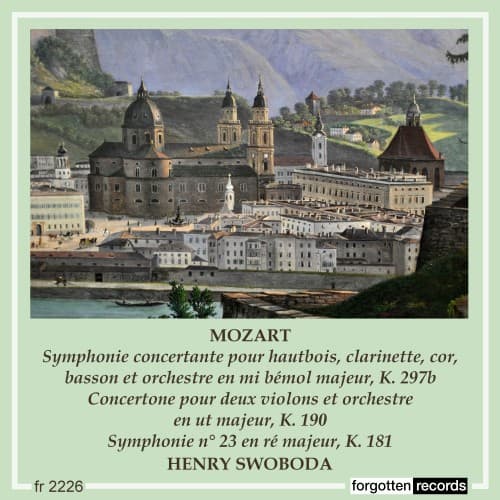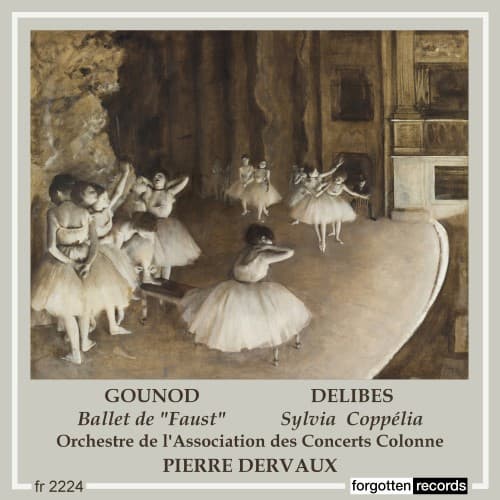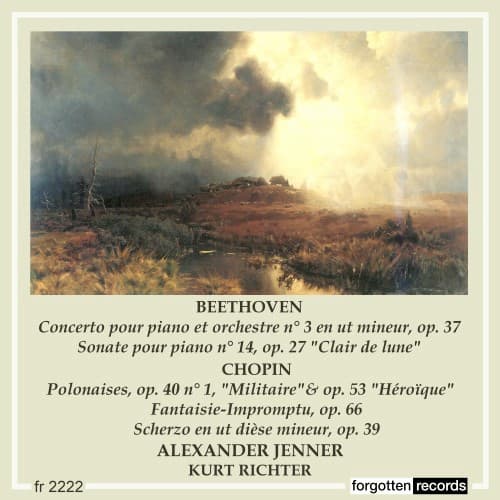Where is your happy place? Debussy’s 1904 work L’isle Joyeuse seems to kidnap us, fly us through the air, and deposit us in a world of warm breezes, blue skies, perhaps a fluffy cloud or two, and, of course, surrounded
Forgotten records
We’ve noted many times the fascination the northern Europeans had with southern Europe: musical trips to Greece, Italy, and Spain seemed to be de rigeur in the 19th century if you were Scandinavian, German, or French. French composer Édouard Lalo
Created as the first opera for Berlin’s new Konzerhaus, Weber’s Der Freischütz immediately captured the audience’s attention. The applause was hysterical and soon all of Berlin had its catchiest melodies conquered, singing or whistling the Huntmen’s Chorus or the Bridesmaid’s
It was easy for the numerous piano virtuosos of the 19th century to continue to write perfect and exquisite miniatures for their own instrument. Robert Schumann, on the other hand, writing from his platform in the Neue Zeitschrift für Musik,
Written for his time at the Salzburg court, Mozart’s five violin concertos were all produced between 1773 and 1775, probably with himself as the intended conductor. The final three (k. 216, 218, and 219) were all completed in just a
In February 1778, Leopold Mozart told his son to go to Paris with his mother, and the pair arrived in the capital city in March 1778. He immediately started to set up his musical networks and wrote to his father
The story of Faust has captured composers’ imaginations for centuries. There was a historical figure, Johann Georg Faust (c. 1480–1540), who made the original deal with the devil at the crossroads when he exchanged his soul for unlimited knowledge and worldly
When he finally arrived in Vienna as a permanent resident in 1795, Beethoven fit into an interesting hiatus in the city’s music life. Mozart‘s recent death left a place open for a daring piano virtuoso and composer. In his first



